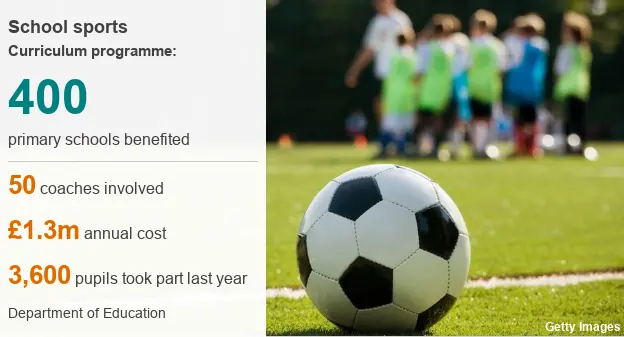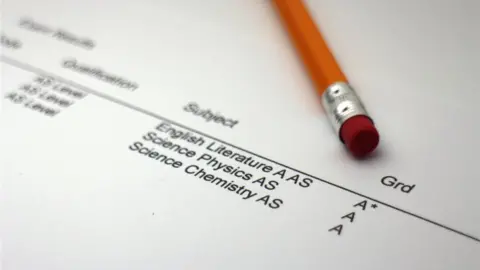
Education review 2018: Financial pressures hit schools
[ad_1]
 Getty Images
Getty Images2018 was a year in which the financial pressures facing education here were laid bare at Westminster.
With no government at Stormont, the Northern Ireland Affairs Committee began an inquiry into education funding.
The evidence also mounted up elsewhere.
Many people mentioned the need for transformation of the education system as a long-term way to address the cash crisis.
However, while that will inevitably mean fewer schools in future it is unlikely to address short to medium term budget problems.

DE has also begun a review of home-to-school transport – which costs about £80m a year to provide – but any change in whether some parents will pay more for the service will be dependent on a minister being in place.
There is also still deadlock on a pay settlement for teachers which will schools will have fund at some point.
And the budget squeeze comes at a time when schools here are facing more demands.
 Getty Images
Getty ImagesAmidst all of the financial gloom it is worth remembering, though, that a lot of good work goes on in education.
‘Unsustainable system’
Both Queen’s University (QUB) and Ulster University (UU) continued to highlight what they felt was an unsustainable system of higher education funding.
However, in the absence of an economy minister there will be no major changes to either tuition fees or government subsidy.

It was also the end of an era at Queen’s as the students’ union building shut after half a century.
Transfer testing
According to the Department of Education, the proportion of school leavers in Northern Ireland going to university remained fairly constant at about 43%.
However, that means 57% of school leavers opted for further education, employment or training.
But any subsequent developments were subject to consultation and as the year ends no timescale for a single test has been set.
[ad_2]
Source link





